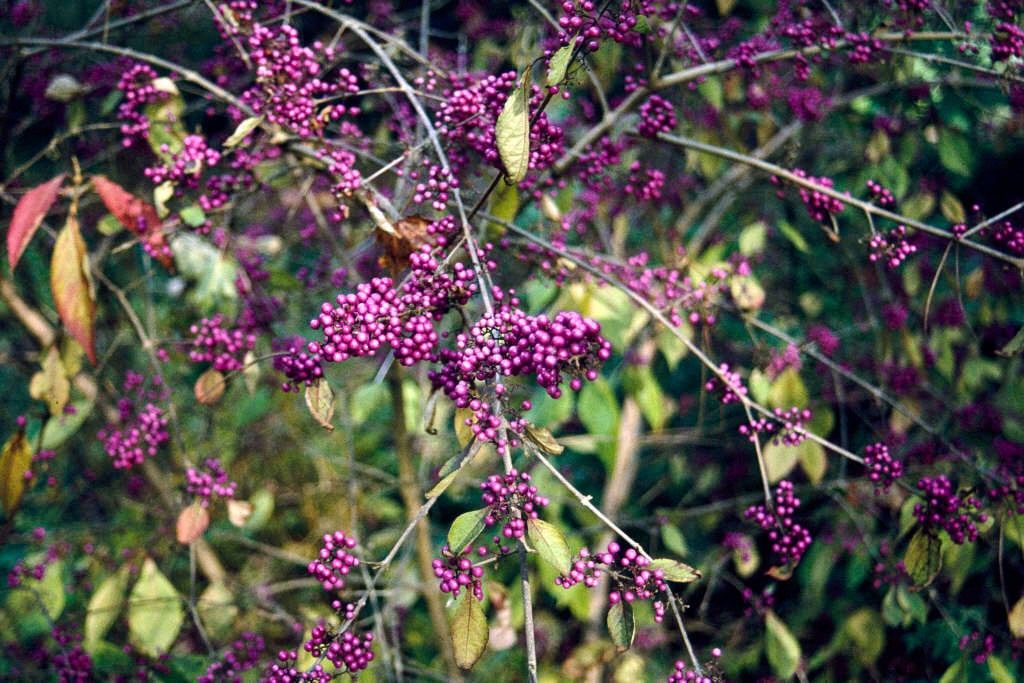If you’re beginning to feel that the birds are eating you out of house and home and you’re having to replenish feeders every few days – there is another way. Think about what you plant in your garden and provide some ‘natural bird food’ on an ongoing basis. You could start by not being too tidy in the garden and leaving some of the plants with seed heads that birds love. Good seed providers include Sunflower heads after the flowers have faded, Artichoke flowers, Lavender and Lemon Balm or ornamental Thistles, such as Cardoons or Cirsium; leave a few of them uncut for seed feeders to eat. Some birds aren’t so keen on nuts or seed and for them a garden with berries is a real boon in the winter months. Berries offer a high calorie food source at a time when insects are scarce and the ground maybe too hard to dig up grubs and worms. Thrushes, Blackbirds, Fieldfares and Starlings will all appreciate berries as will Robins and even Wrens. What’s more the berries will liven up your autumn and winter garden, so it’s a win, win situation. There are trees and shrubs to provide berries for every taste, both bird and human. From the vivid scarlet fruits of the Guelder Rose (Viburnum opulus), through Rowan trees (especially the native Sorbus aucuparia), the delicate Amalanchier to the more exotic looking Spindle tree (Euonymous europaeus) with its pink and orange berries and the purple berried Callicarpa with fruits that look almost artificial, there is a world of choice.

Some of our more common and popular shrubs and climbers also offer useful berries. In autumn birds love Honeysuckle berries and Ivy offers both an insect attractant when it flowers, giving an opportunity to insect feeders like the Wren, and afterwards its berries will attract other birds such as Finches and Thrushes. The Fire Thorn (Pyracanthana) may be a bit of a prickly nightmare to prune, but is very popular in late autumn with birds especially the red berried cultivar “Saphyr Rouge” or the orange “Golden Charmer”. Holly, Cotoneaster and the winter flowering yellow Mahonia all brighten up the garden and serve as a source of food for birds. Shrub Roses which have large hips, such as Rosa rugosa or the dog rose Rosa canina will also attract some birds, although the hips are too large for smaller birds to deal with. Crab apples are also a good food source until quite late in the year, some, such as the yellow fruited “Golden Hornet”, retaining the fruit until the very end of autumn.
So next time you think about planting a shrub or tree, ask yourself whether it will help to feed your bird population. If you’re not sure which cultivar to buy, then its worth remembering that birds have evolved to go for berries that are purple or red first,so if you get a paler coloured version for example the pretty Rowan tree Sorbus cashmiriana with its delicate pale pink berries, you may notice that the birds don’t touch these at all. Happy Planting!